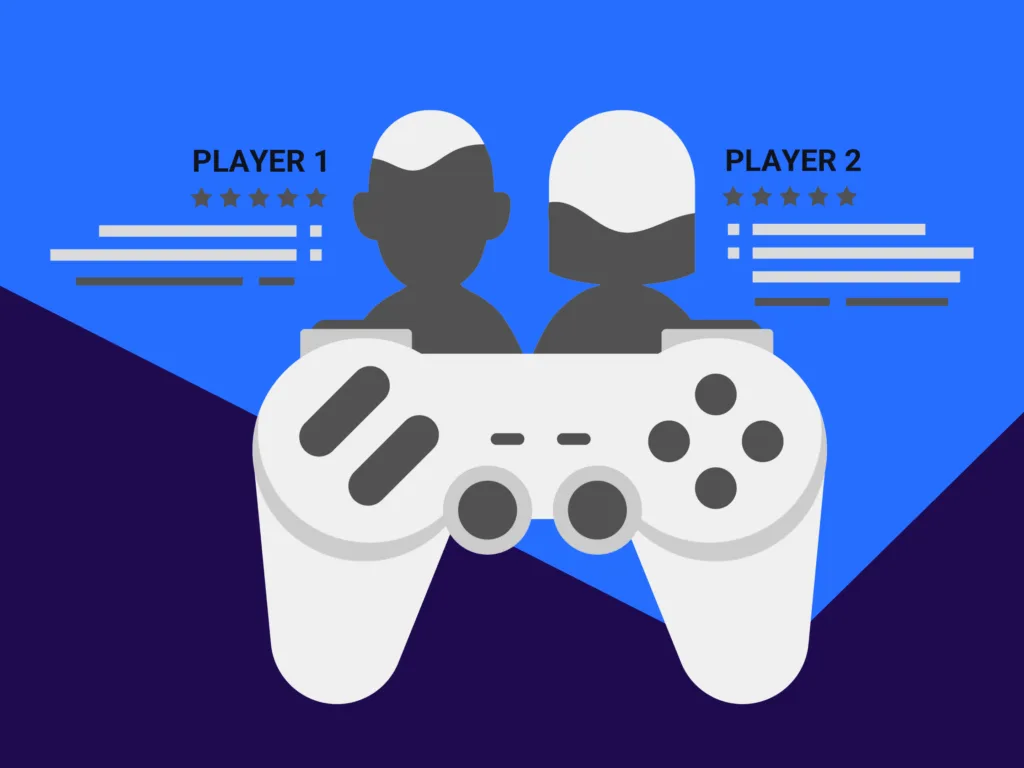6 May 2025
How Player Demographics Shape the Gaming Environment
Words by Nicoletta Mura
Reading time 5 min

Words by Nicoletta Mura
Reading time 5 min

The gaming world is no longer the niche hobby it once was. It has become a cultural and commercial juggernaut. As its audience expands, so does the responsibility of developers, publishers, and service providers to meet the needs of increasingly diverse players. And here’s the kicker: The people shaping the future of gaming aren’t the ones the industry used to design for, and it’s about time that message stuck.
The image of the reclusive teenage boy in a gamer cave? Cute. Also outdated by about two decades. Today, nearly half of all gamers worldwide are women. The rise in mobile and casual gaming, increased accessibility, and storytelling that transcends traditional genres have opened up the medium to players of all backgrounds.
And this change is more than cosmetic. It’s transformative. As player demographics evolve, so do the demands on the gaming environment. Representation, accessibility, and community behavior are all being reshaped by who’s holding the controller or tapping the screen.
The term “gamer” still carries certain biases. According to Bryter’s 2024 Women Gamers study, 28% of women who game regularly still wouldn’t call themselves “gamers”. Why? Because the label has historically been exclusionary, conjuring images that many players simply don’t relate to, or worse, feel actively pushed out of.
Despite this disconnect, women are investing just as much time and energy into gaming as their male counterparts, averaging 20 hours of gameplay a week across platforms. And it’s not just puzzle or “cozy” games, women now represent growing audiences in action-adventure, shooters, and battle royale genres.
Player demographics don’t just affect what games are played—they also shape what gets made. Yet, we’re not there yet. A staggering 68% of game characters are male, and only 18% of game covers feature female protagonists. And when women are represented, they often play second fiddle, literally. In 94% of games analyzed, male characters spoke twice as much as female ones. Apparently, digital silence is still considered a feminine trait.
This lack of representation isn’t just about optics. It affects immersion, identity, and engagement. Players want to see themselves reflected in the worlds they explore. Games that embrace this diversity are rewarded with loyalty, higher engagement, and broader cultural impact.
It’s not just about gender. Ethnic minorities, LGBTQ+ players, and players with disabilities are all shaping the industry in meaningful ways, and demanding change. For instance, LGBTQ+ women and women from ethnic minorities experience significantly more toxicity in online spaces than other groups, with some facing both racial and sexual abuse. These experiences have a direct impact on how, when, and whether people play. Some avoid multiplayer entirely. Others stay silent to protect themselves. All of this shrinks the social potential of gaming and, ultimately, the market itself.
For companies invested in player support and engagement, understanding this intersectionality is key. The more inclusive the community, the more durable and expansive the ecosystem becomes.
One in seven women avoid multiplayer games altogether—not because they’re bad at it, but because they’re tired of being verbally mugged every time they log in.
Toxicity in gaming is nothing new, but who experiences it—and how—has become more visible. While men and women both face online abuse, the type and intensity often differ. Women report a higher incidence of sexual harassment, exclusion based on gender, and threats of violence. Meanwhile, men tend to experience more performance-based trolling and racial slurs.
Encouragingly, there are signs of progress. After peaking in 2022, overall toxicity levels have declined slightly in 2023 and 2024. Still, 59% of women report experiencing some form of abuse from male gamers. The impact is real: 14% of women avoid multiplayer games altogether, and others mute their microphones or play only with trusted friends.
This isn’t just a social issue, it’s a commercial one. Toxic environments reduce player engagement and lifetime value. At 5CA, where we live and breathe player experience, we’ve seen how proactive moderation, inclusive community management, and culturally intelligent support teams make a tangible difference.
Demographics also influence how—and how much—players spend. While women tend to buy slightly fewer games per year than men, their spending patterns reveal a considered, loyal audience. Women are more likely to be influenced by peer recommendations, IP familiarity, and online reviews than flashy video ads.
And once engaged, they spend just as much on downloadable content (DLC), subscriptions, and cosmetics, often outspending men in the latter category. Titles that fail to account for these preferences risk leaving money on the table.
So what does all this mean for the gaming environment? It means developers must think beyond their traditional user base. It means community managers need cultural sensitivity and the tools to enforce codes of conduct. Support teams need more than a script. They need to know when to listen, when to act, and when to escalate before a community flame war becomes a PR crisis.
At 5CA, we support gaming companies globally in navigating these challenges. Our fully remote, gaming-native teams are built to reflect the communities they serve. We understand that fostering a positive, inclusive environment doesn’t just improve player experience, it drives retention, brand loyalty, and revenue.
The future of gaming is as diverse as the players who shape it. Embracing this isn’t just the right thing to do, it’s a smart business move. Developers and publishers who adapt to the evolving player landscape will reap the rewards of deeper engagement, broader reach, and a more resilient community.
For the rest, the risk is clear: Ignore your audience, and they’ll do the same to your game, right after dragging it through Reddit.